Thomasia is a native shrub species which can be found largely in the south of Western Australia, like many of the species located in that area of Australia it is quite adaptable. For some reason all of this genus is endowed with showy, textured foliage like few other native species, making them a wonderful edition to a planting palette adding a highlight or contrast without the need for flowers. Although the flowers are a delicate bonus 😉
Thomasia are generally a small woody shrub with downward facing calyx flowers ranging from white to pink and mauve.
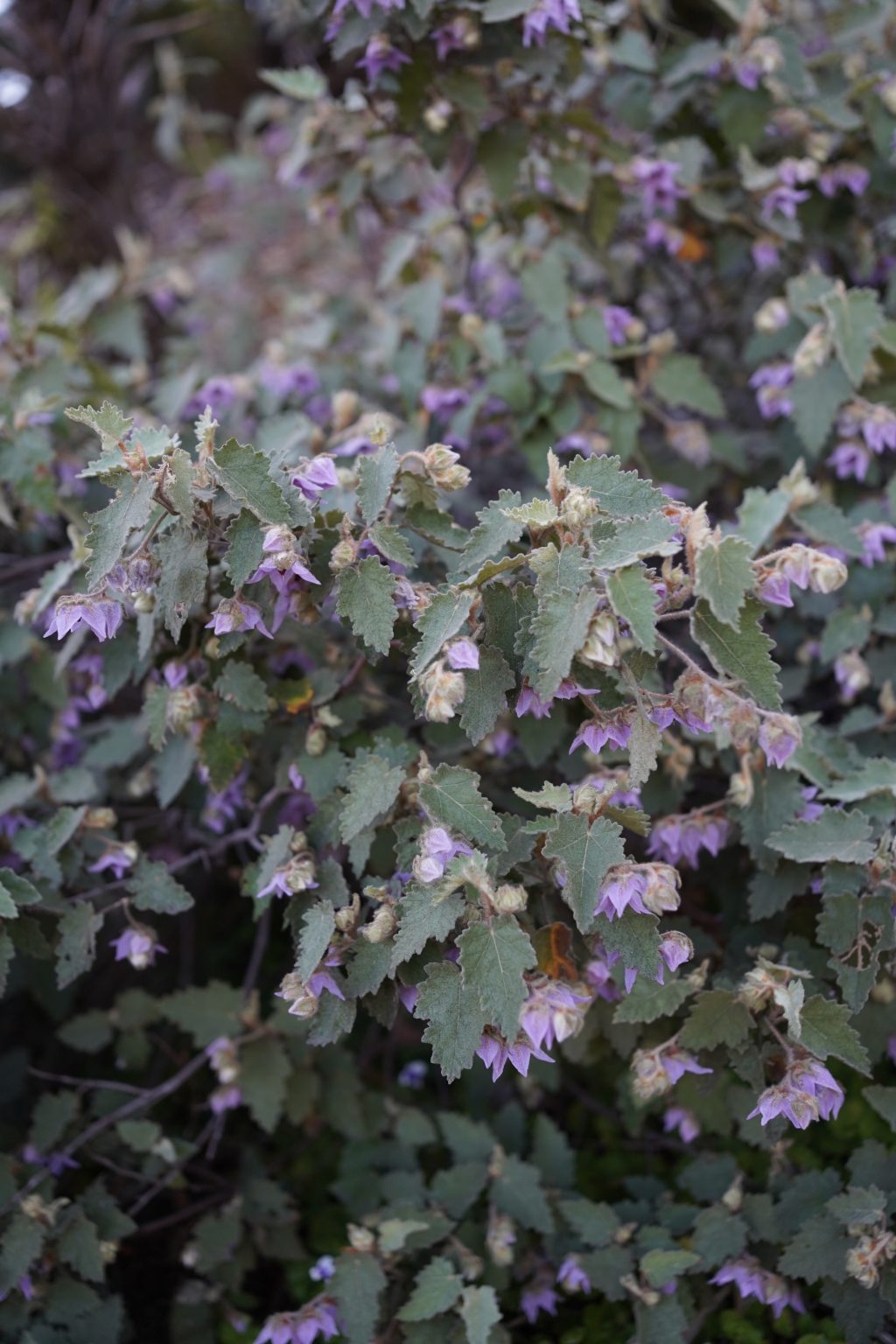
Thomasia macrocarpa will grow from anywhere between 60cm to 1.5 m high and slightly wider than it is tall. It produces soft, furry velvety leaves which are common to this genus and give it a lovely texture. As you can see in the photo below, it as a low spreading habit that would be perfect to take up a space that requires some coverage.
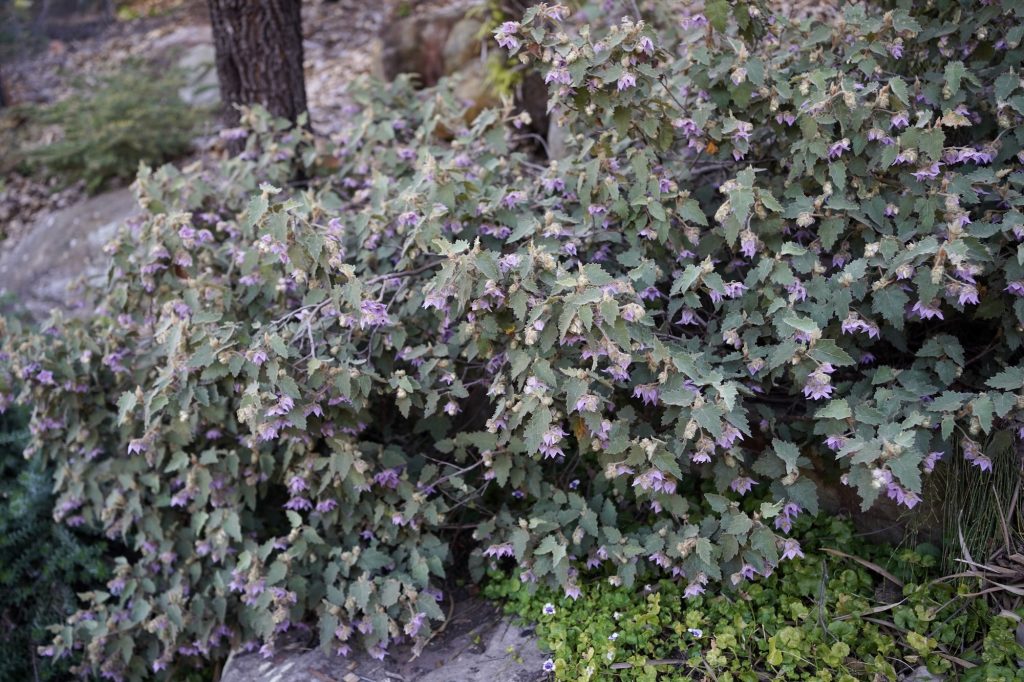
The purple to pink flowers appear in late winter and spring. This plant will grow in damp spots near creeks or well drained soil in shade to sunny position. It doesn’t like humidity and needs protection from frost, however it is reasonably hardy so long as the leaves are not wet when the hot sun comes out.
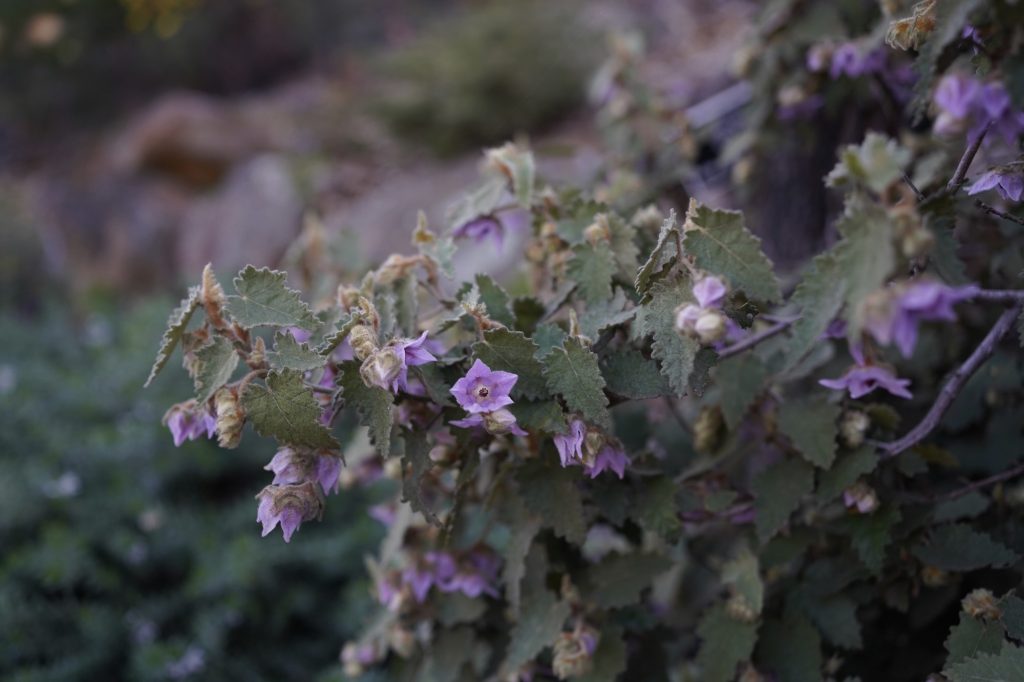
So what is ‘macro’ about this plant? It is the fruit that appears after the flowers, hence its common name Large fruited Thomasia. The fruit capsules contain black seeds, which fall from the tree when ripe. There is also a cultivar called Thomasia macrocarpa ‘So Softy’ and in my experience this is the most readily available species in nurseries and quite likely the one seen in these images.
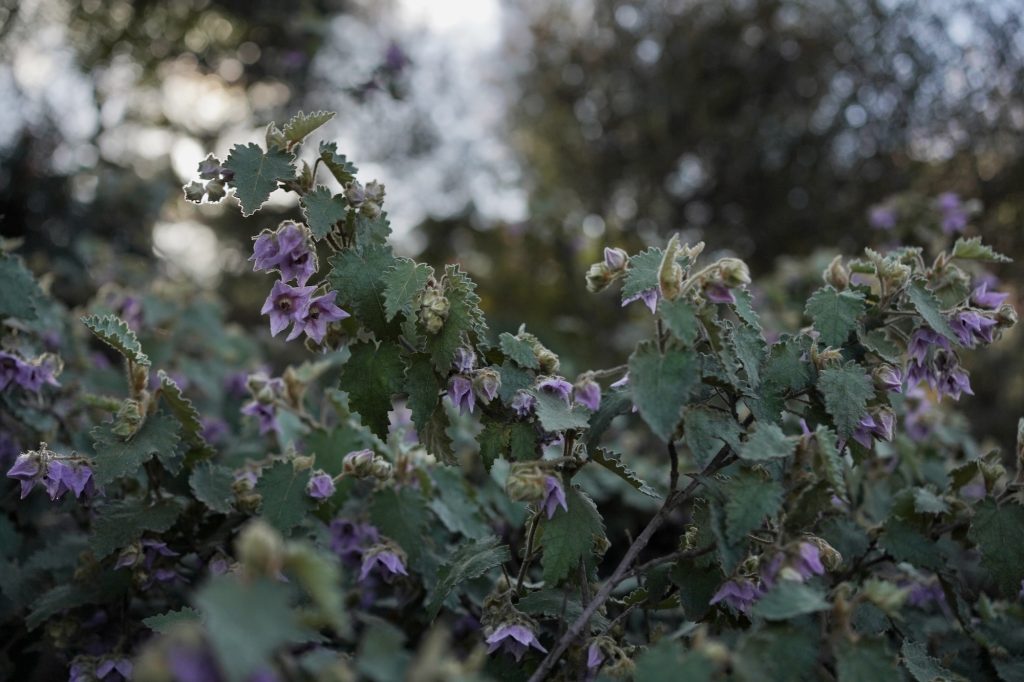
And now onto the bigger shrub of the two, Thomasia solanacea. Growing up to 2mts in height and the same in width, its leaves are oak like and a lighter lime green than macrocarpa.
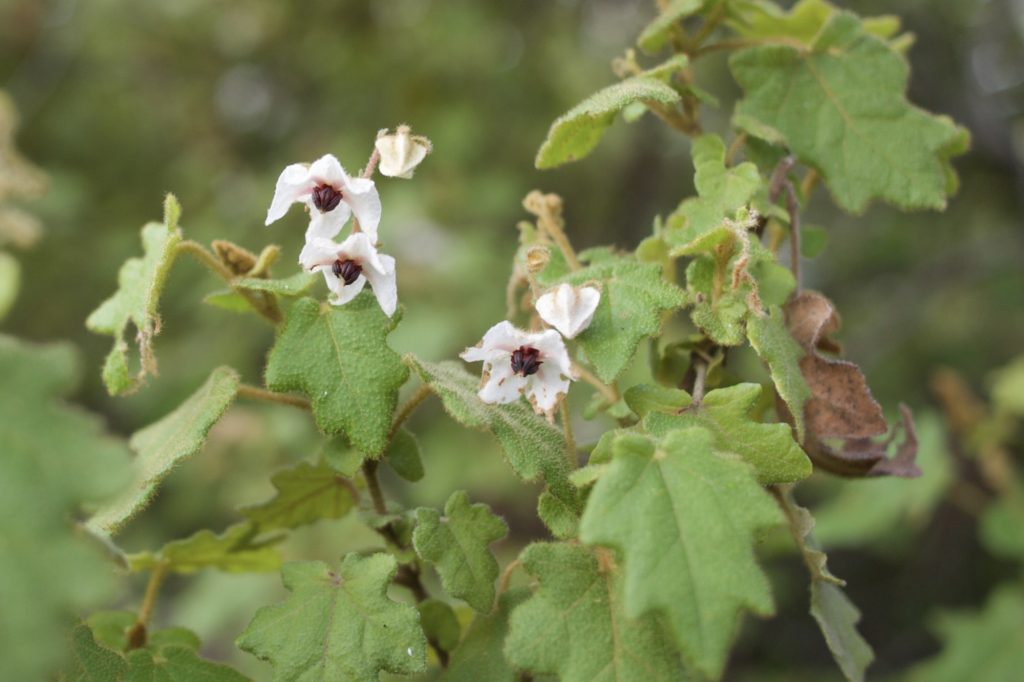
The small white papery flowers appear in spring and into summer, with a dark red center. Again the flowers face downward so to see all their beauty you really need to get in and under them to appreciate them fully. A good excuse to be interactive in the garden.
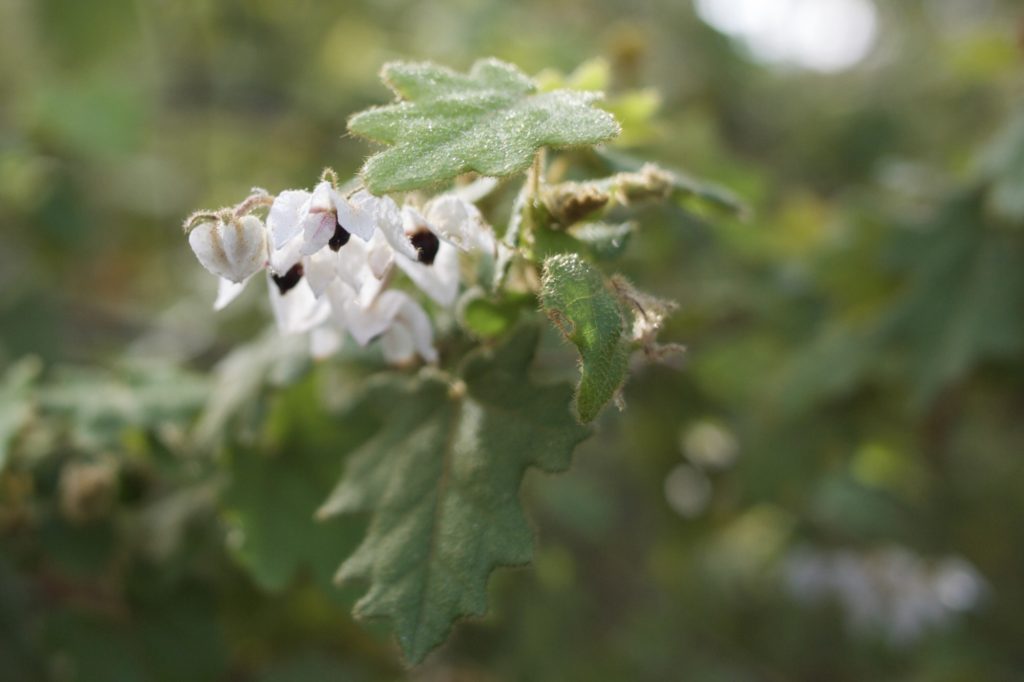
Thomasia solancea can be grown in a dry shady spot especially as an under-storey species. It is also wind and salt tolerant so could be the perfect choice for a native coastal garden.
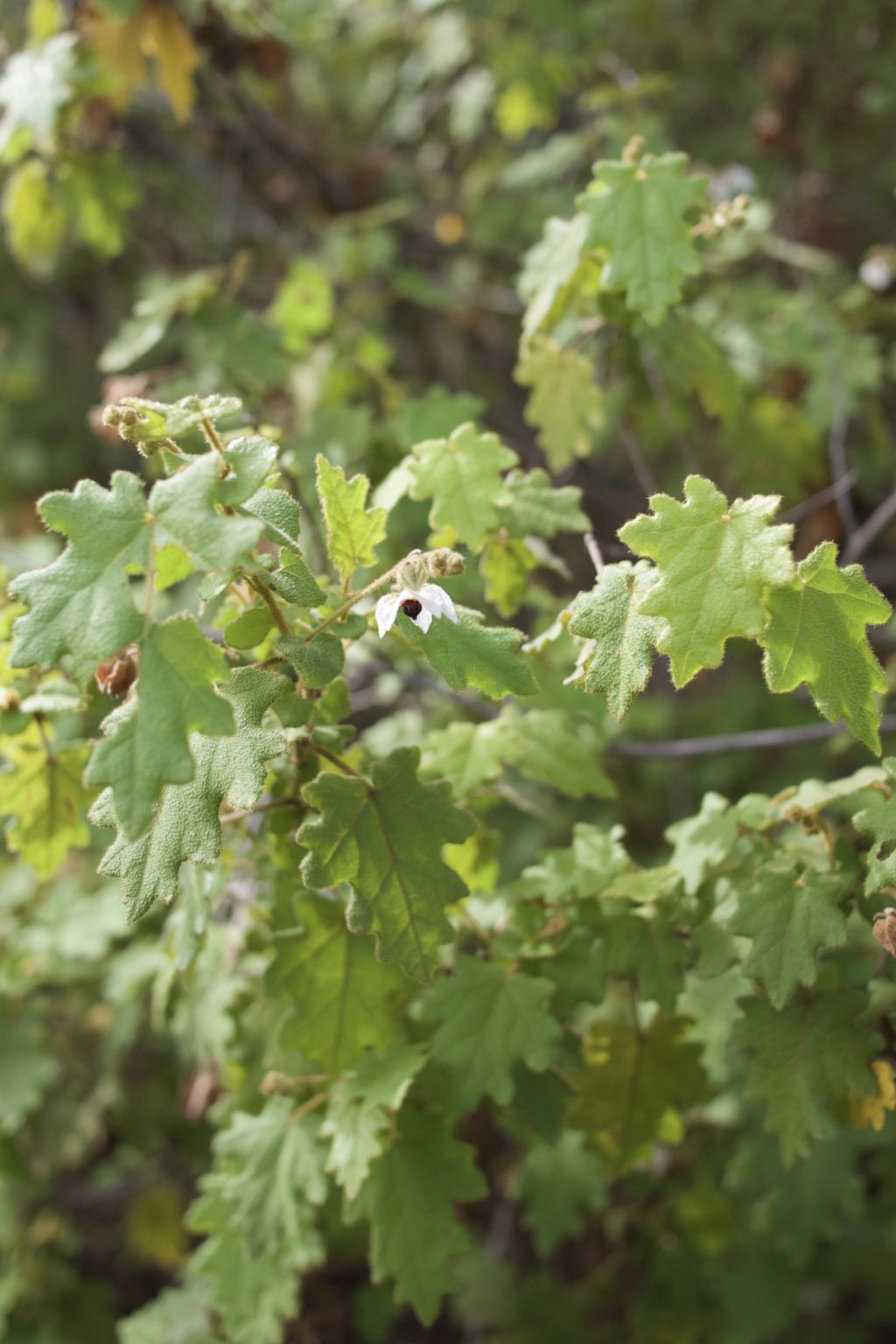
The two species in this post are definitely worth a try growing and we would love to hear from you if you have had any success with others from this Genus.

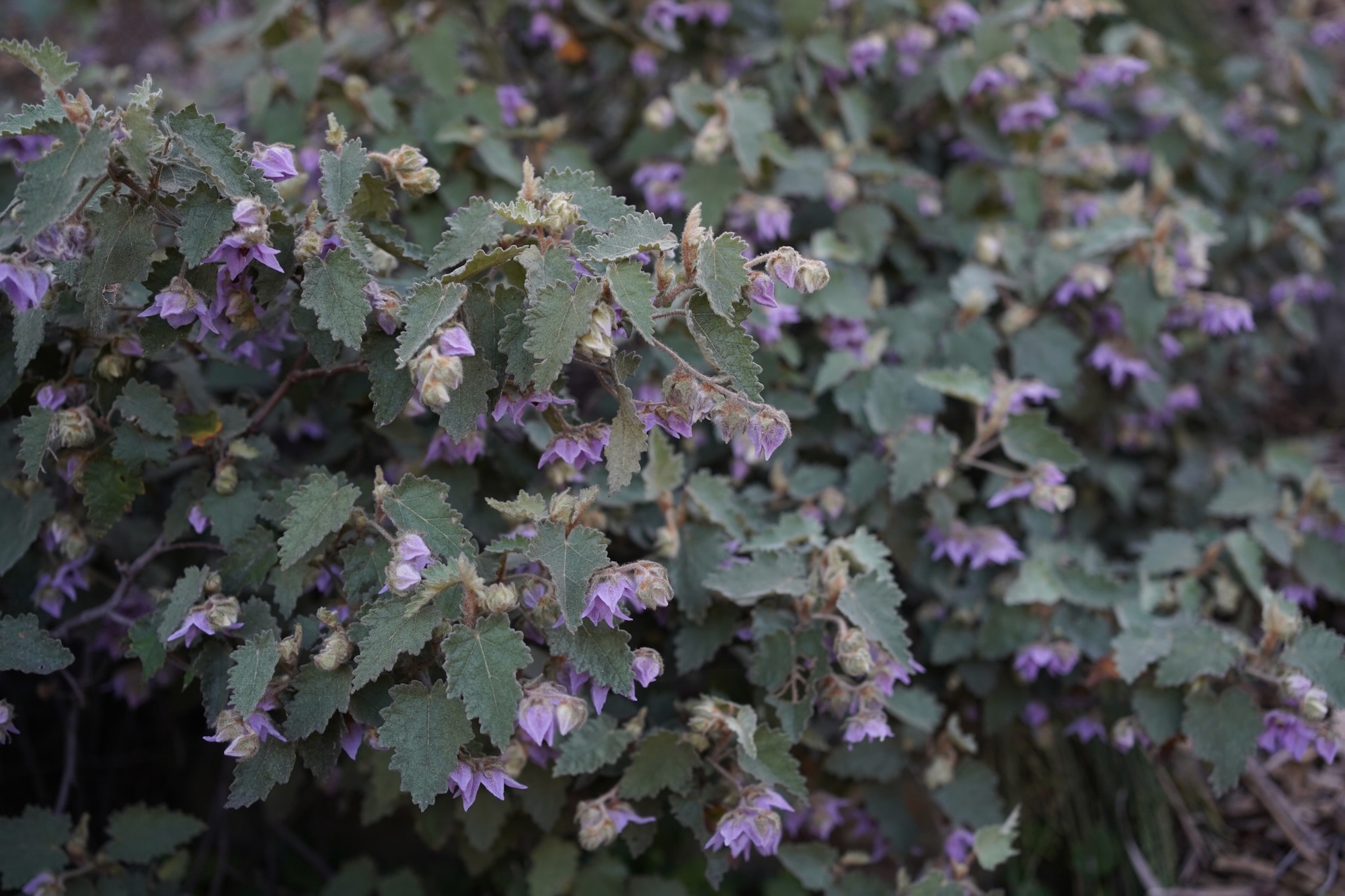
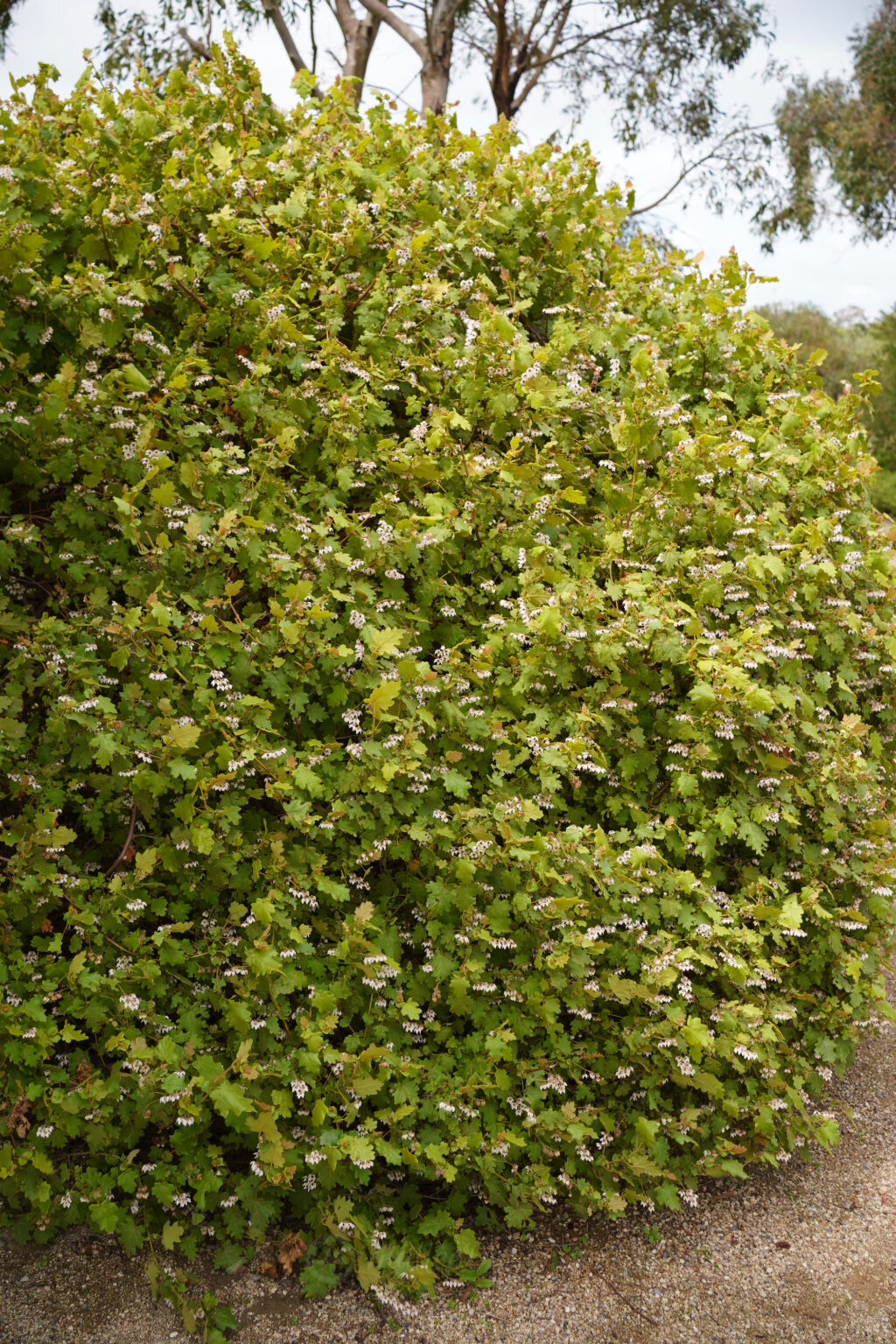
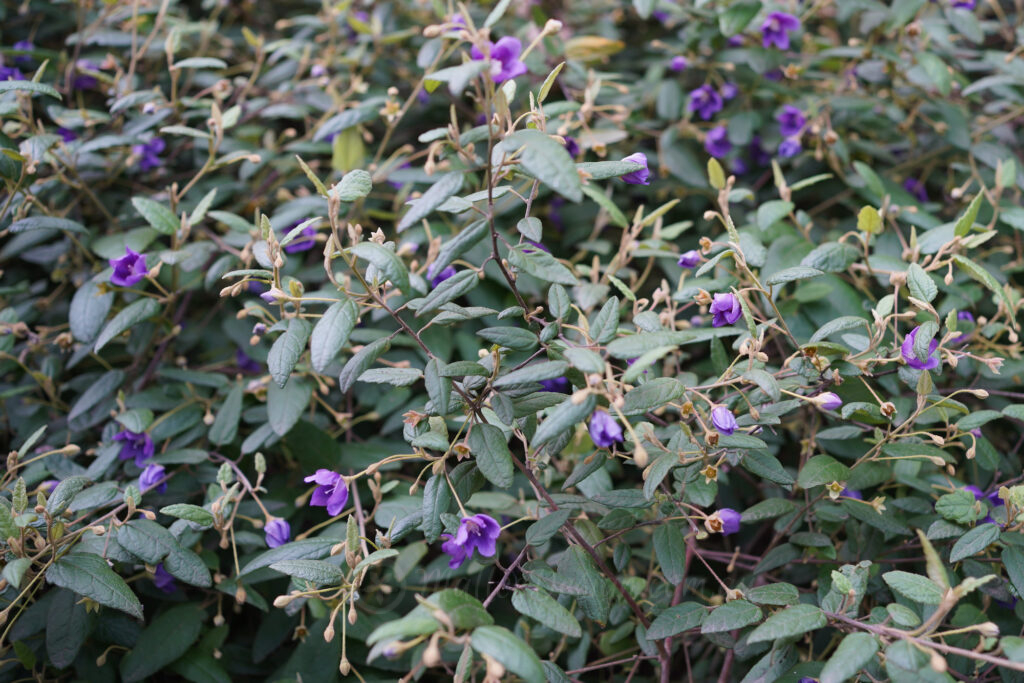
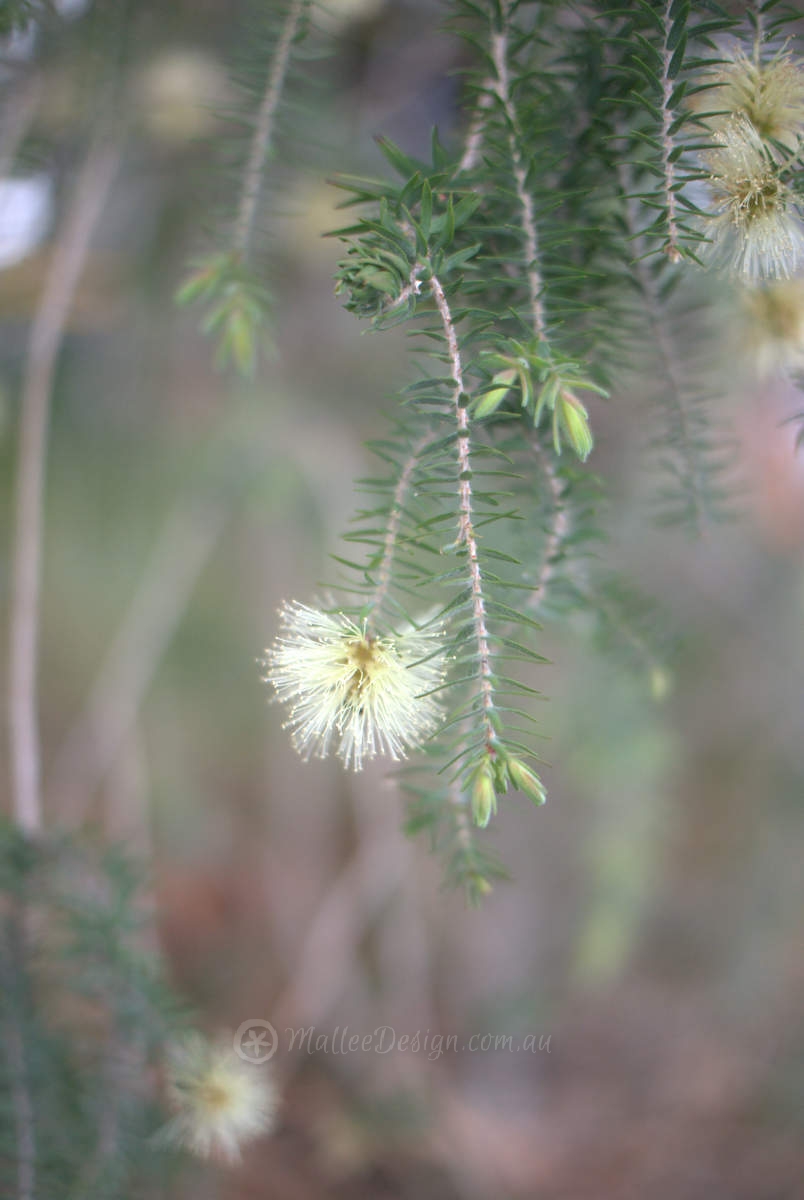
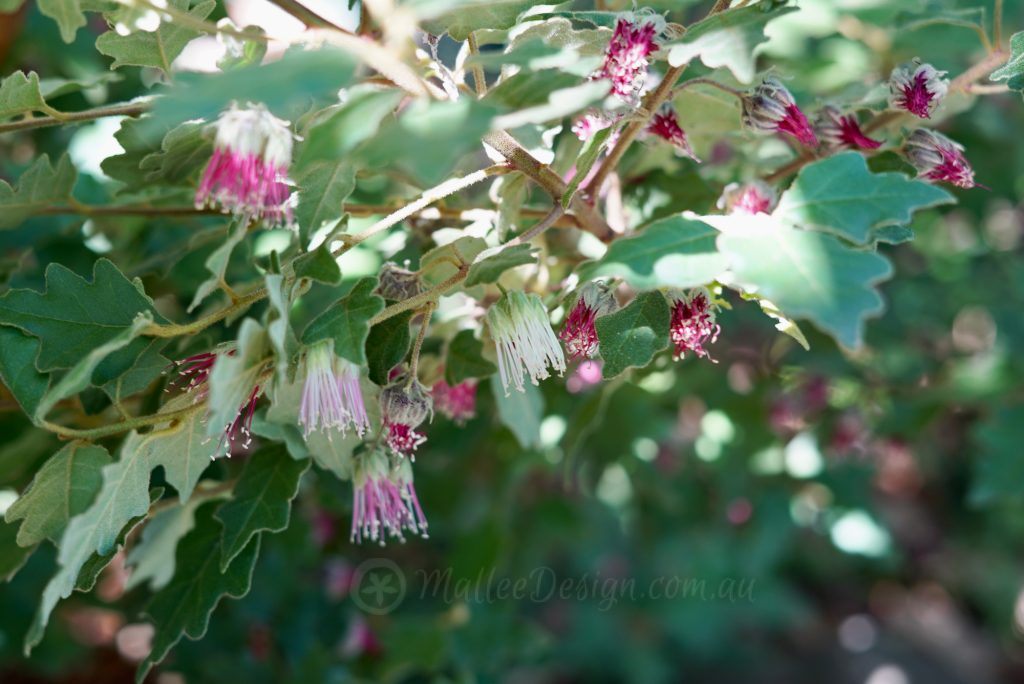
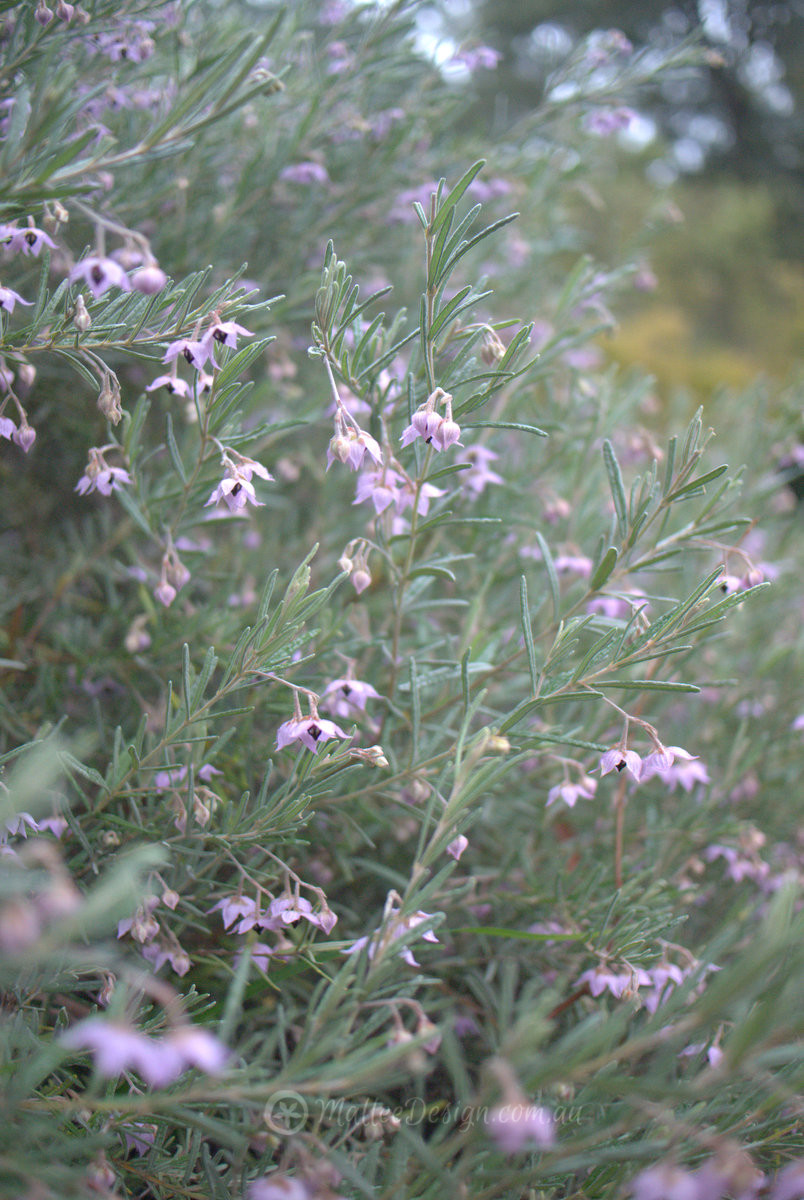

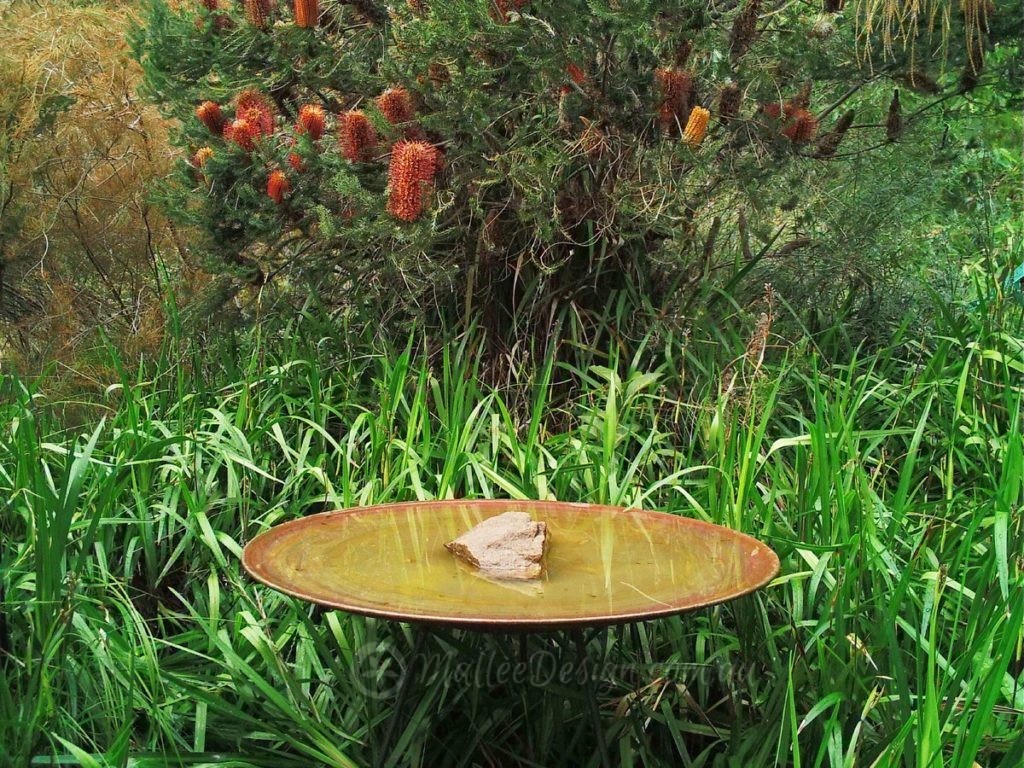
Leave a Reply